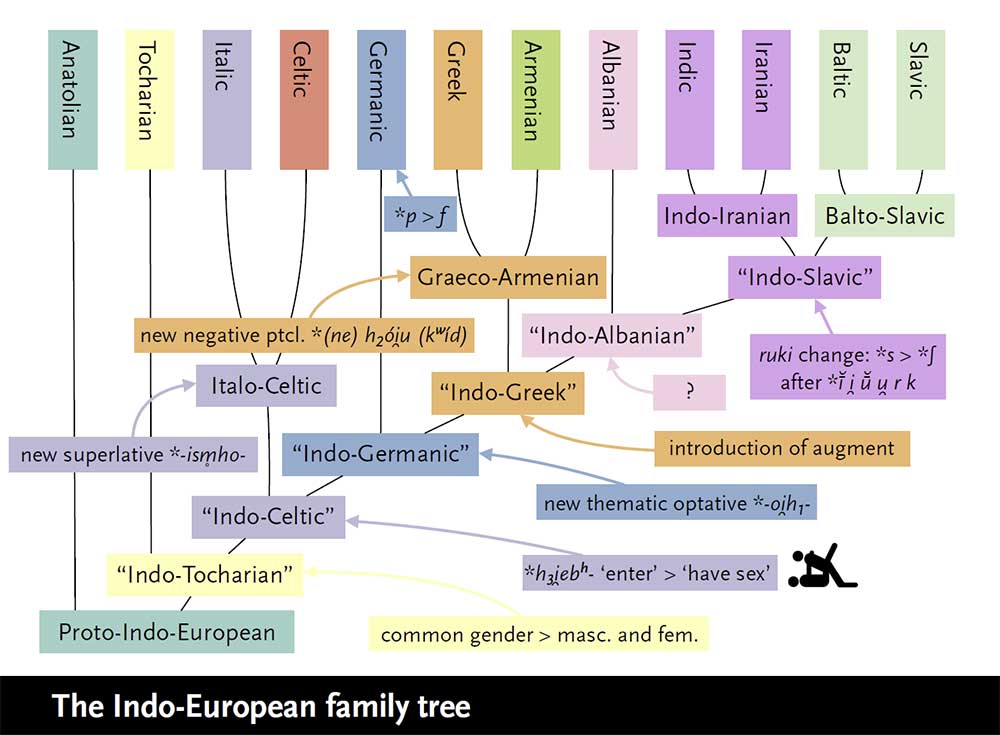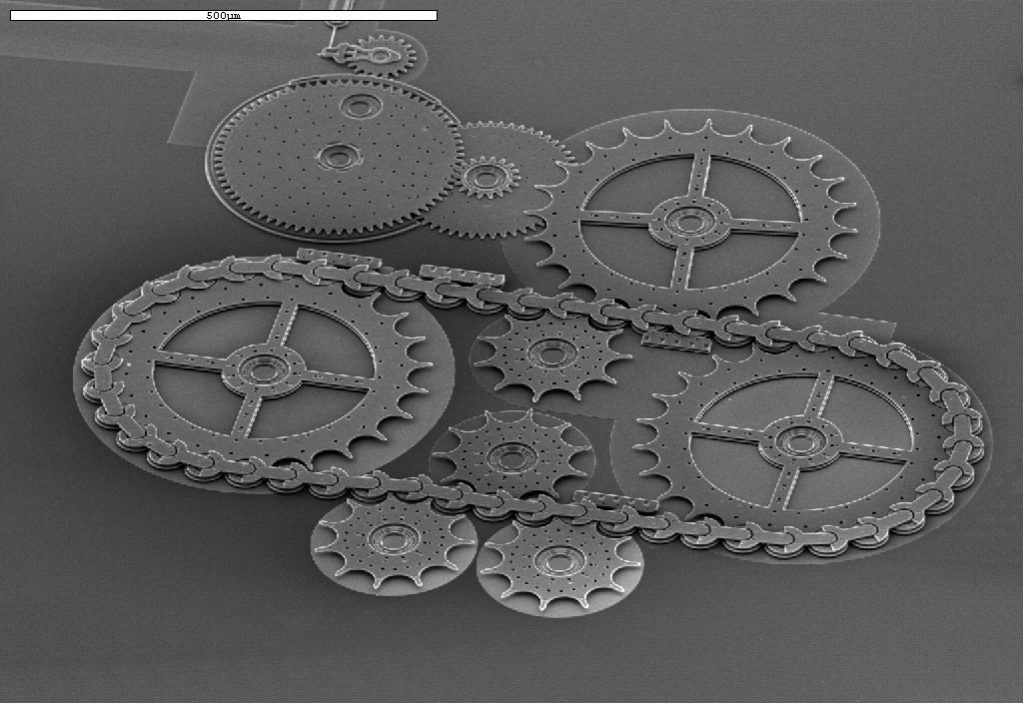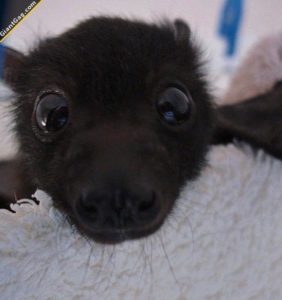Hugh Miller
“A man can stand anything except a succession of ordinary days.”
— Johann Wolfgang von Goethe

“I support anyone’s right to be who they want to be. My question is: To what extent do I have to participate in your self-image?”
-Dave Chappelle

These images were taken with a Scanning Electron microscope (SEM). The surface of a specimen is scanned by a beam of electrons that are reflected to form an image. Color is added later.
“Plenty of Room at the Bottom” is the title of an article written by the American genius, Richard Feynman in 1959. He worked on the Manhattan Project that delivered nuclear weapons to our military before the end of World War II. In the 1980s he was the scientist who figured out why the space shuttle Challenger exploded. In “Plenty of room at the bottom” he visualized the core ideas of Nanotechnology 2 or 3 decades before it became a widespread big idea.
“It is a staggeringly small world that is below. In the year 2000, when they look back at this age, they will wonder why it was not until the year 1960 that anybody began seriously to move in this direction.” Richard Feynman
We’re talking about a bustling industry where objects are measured in nanometers and micrometers.
- A nanometer =1 billionth of a meter and is represented by the symbol ‘nm.’. A sheet of paper is about 100,000 nanometers thick.
- A micrometer = 1/millionth of a meter (symbol: μm) A sheet of paper is 70 to 180 μm thick.
- One millimeter is equal to 1000 micrometers or 1000000 nanometers. A millimeter is equal to approximately 0.039370 of an inch. (mm)
In this video, we begin focused on a shrimp at a scale of 1 mm. We zoom down and in toward the top of the head where we see a microscopic sea plant, which eventually fills the screen. We close on a single bacteria, atop the seaweed zoomed from 1mm to 0.5um.
The remarkable chain drive below was built by the Department of Energy’s Sandia National Laboratories. The distance between chain link centers is 50 microns. The diameter of a human hair is approximately 70 microns. This is one example of thousands of separate projects and experiments laying the foundation of Nanotechnology.



Nearly half the world’s population speaks one of the languages derived from a single ancient tongue, dubbed Proto-Indo-European, or PIE. Mainstream scholarship places the Proto-Indo-Europeans in the forest-steppe zone immediately to the north of the western end of the Pontic-Caspian steppe in Eastern Europe. Or more simply a bit north of the Black Sea. Linguists have long argued that PIE first spread from there to Europe some 6,000 to 5,000 years ago. Some archaeologists would extend the time depth of PIE to the middle Neolithic (5500 to 4500 BC) or even the early Neolithic (!) (7500 to 5500 BC). An alternative hypothesis posits that PIE spread some 8,000 years ago from what is now Turkey, after the introduction of agriculture into those regions. In other words, a bit south of the Black Sea. The latest evidence from evolutionary biology and ancient DNA samples, rather than settling the issue, is adding to the controversy.
This flow chart or family tree should be read from the lower left-hand corner up and outward ending at the top left and top right.

I love that the only image to make the cut here is two icon people having sex. Anyway, wherever the point of origin, the evolution of PIE into dozens of languages appears to be solid science using the technique of linguistic reconstruction. Below is an attempt to reconstruct the sounds of spoken PIE based on this research.
It’s fascinating to look over proto Indo-European vocabulary and see how many of the words bear a trace of resemblance to current languages. Here is a big list of nouns.
I believe there is an essential connection between this rapid spread of a common root language and the tumultuous viral lifestyle shift from Paleolithic to Neolithic. A bit about that can be found here: Sea Change. A related and fascinating piece of this story is that many fairy tales, even some still in use today, turn out to be over 6000 years old. This places them inside this the same zone time zone as the spread of PIE and the mass migration from tribes to settled, far larger communities. Here’s a reference to that discovery.
Through the long human story, we find our ancestors living out several different basic strategies, each more complex than the last. The transition between is often a transformation.
- Paleolithic
- Neolithic
- Village
- Town
- City
The Paleolithic (Old stone age) is the longest period of human experience. In this phase, we hunted and gathered. We were nomadic or semi-nomadic. We lived in small groups and made decisions in a relatively open, egalitarian way. The distance between headman and tribesman was minimal. This long phase of our time was spent getting a toehold and spreading all across the earth. The earth could never have been as densely populated by people as it is now if this strategy had continued. The “carrying capacity” of a small nomadic group is very finely balanced on a knife-edge of luck and skill and the relationship between the number of mouths to feed and the available food would have been constantly on everyone’s mind. Sick babies would likely be abandoned and sick elders in hard times would “walk out on the ice flows” to improve the odds for their families. The level of complexity in this life was low, the number of places where their lives overlapped and engaged with others was minimal. Strangers were serious business. The Neolithic picks up exactly where this leaves off. Continue reading








